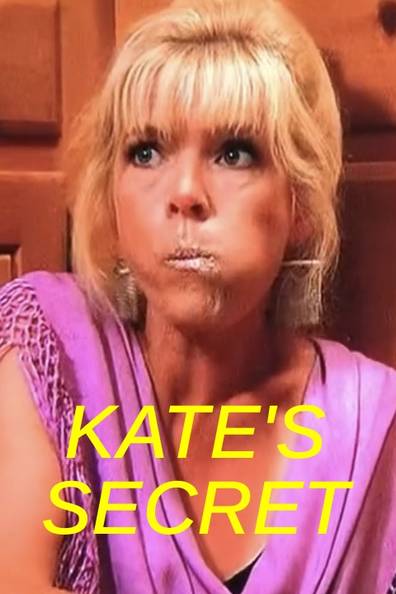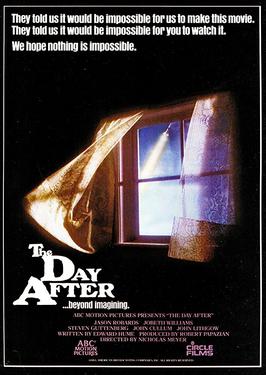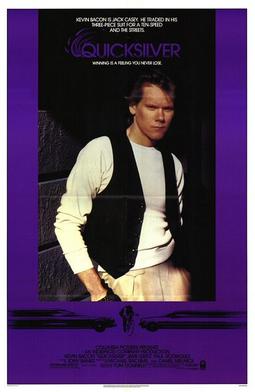In this 1986 melodrama, Kate (Meredith Baxter) has a secret. She may look like healthy and young and blonde. She may have a beautiful house and a handsome husband (Ben Masters). She and her fitness instructor best friend (Shari Belafonte) may spend their time making fun of how fat everyone else. But deep down, Kate is convinced that she’s overweight. She gets on the scale and that declaration of 120 pounds feels like a slap in the face.
How does Kate lose weight? She exercises frequently. And she spends a lot of time staring at herself in the mirror, as if trying to mentally burn away the pounds. Mostly, though, Kate just binges on food whenever she gets stressed and then she throws up. Kate has a lot of reasons to be stressed and they are almost entirely due to her mother (Georgann Johnson), who rarely has a nice word to say to Kate and who constantly tells Kate that she’s going to lose her husband to his assistant (Leslie Bevis).
(Who does everyone always assume that assistants are going to be homewreckers?)
Now, to be clear, eating disorders are a serious thing. I know more than a few people who have had eating disorders. During my first semester of college, I got very used to the sound of the girl in the room next to mine throwing up every morning. There’s nothing funny about the idea of someone having an eating disorder. However, there is something funny about an overwritten movie about an eating disorder that features Meredith Baxter literally attacking a chocolate cake then blaming the mess in the kitchen on the dogs. This is one of those well-intentioned programs that takes a real problem and then goes so overboard in portraying it that it’s more likely to make you snicker than feel horrified. You might not feel good about laughing but the crazed look in Meredith Baxter’s cake-filled eyes will make it difficult not to. Hence, the term guilty pleasure.
As always happens in these type of movies, Kate ends up in a treatment center where a doctor (Edward Asner) tries to reach her and the other patients are all either extremely nice or extremely rude. Kate’s roommate (Tracy Nelson) is a model with anorexia. Another patient (Mindy Seeger) harps on Kate’s “perfect life.” Meanwhile, poor Deyna (Mackenzie Phillips) freaks out when someone moves the garbage can. It’s all very well-meaning but also very over-written and overacted to the point that, once again, it’s more likely to illicit a guilty laugh than anything else.
In the end, Kate realizes that it’s all her mother’s fault. That was kind of obvious from the first time her mother told Kate that her husband was obviously planning on leaving her. “I’m getting better,” Kate says as the credits roll. Yay, Kate!
Previous Guilty Pleasures
- Half-Baked
- Save The Last Dance
- Every Rose Has Its Thorns
- The Jeremy Kyle Show
- Invasion USA
- The Golden Child
- Final Destination 2
- Paparazzi
- The Principal
- The Substitute
- Terror In The Family
- Pandorum
- Lambada
- Fear
- Cocktail
- Keep Off The Grass
- Girls, Girls, Girls
- Class
- Tart
- King Kong vs. Godzilla
- Hawk the Slayer
- Battle Beyond the Stars
- Meridian
- Walk of Shame
- From Justin To Kelly
- Project Greenlight
- Sex Decoy: Love Stings
- Swimfan
- On the Line
- Wolfen
- Hail Caesar!
- It’s So Cold In The D
- In the Mix
- Healed By Grace
- Valley of the Dolls
- The Legend of Billie Jean
- Death Wish
- Shipping Wars
- Ghost Whisperer
- Parking Wars
- The Dead Are After Me
- Harper’s Island
- The Resurrection of Gavin Stone
- Paranormal State
- Utopia
- Bar Rescue
- The Powers of Matthew Star
- Spiker
- Heavenly Bodies
- Maid in Manhattan
- Rage and Honor
- Saved By The Bell 3. 21 “No Hope With Dope”
- Happy Gilmore
- Solarbabies
- The Dawn of Correction
- Once You Understand
- The Voyeurs
- Robot Jox
- Teen Wolf
- The Running Man
- Double Dragon
- Backtrack
- Julie and Jack
- Karate Warrior
- Invaders From Mars
- Cloverfield
- Aerobicide
- Blood Harvest
- Shocking Dark
- Face The Truth
- Submerged
- The Canyons
- Days of Thunder
- Van Helsing
- The Night Comes for Us
- Code of Silence
- Captain Ron
- Armageddon






